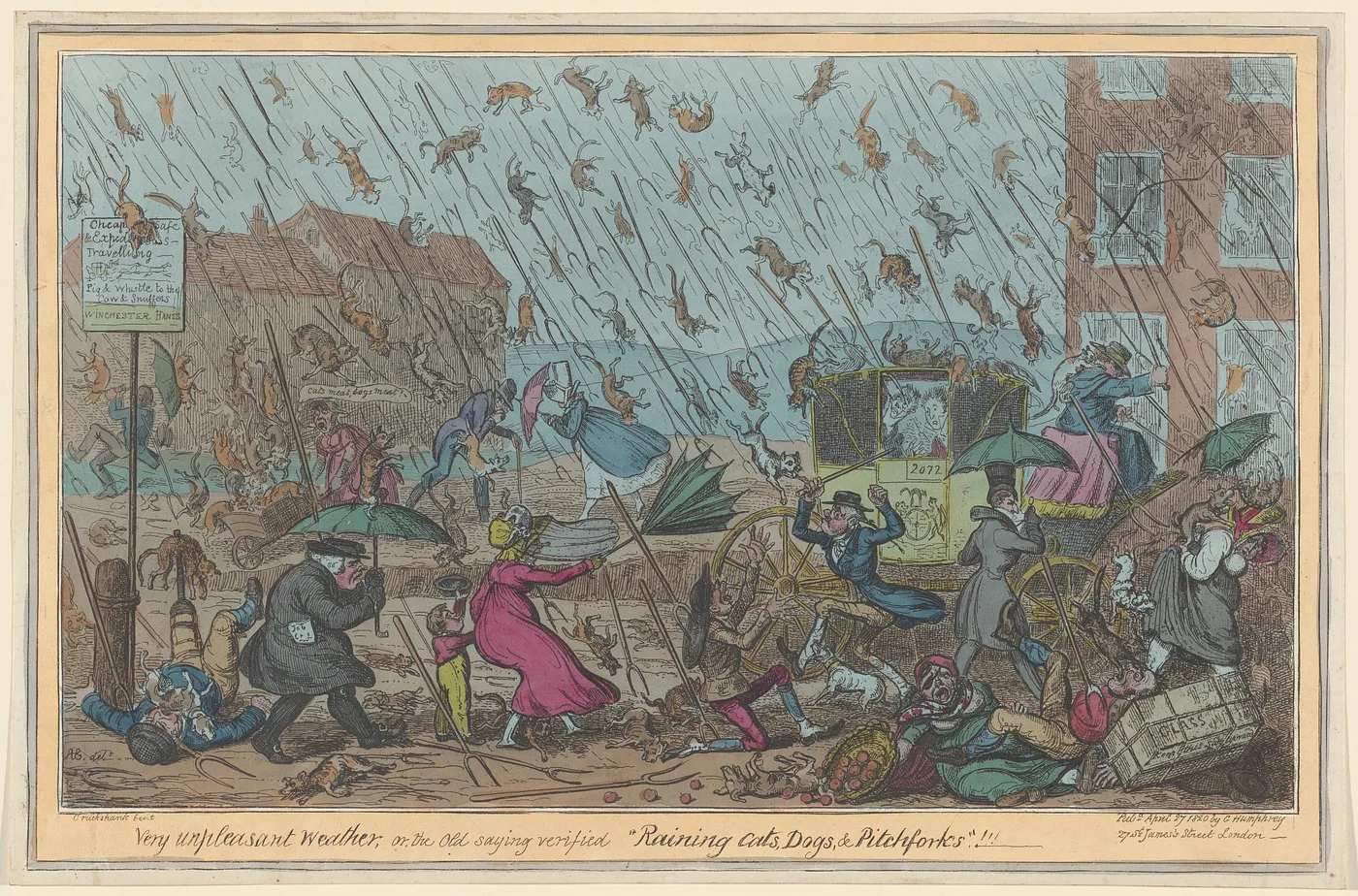Figurative Language, Part 1: Idioms

Welcome to the ASA blog! In today’s lesson, we’ll be looking at one of the strangest and most difficult parts of English: symbolic and metaphorical language.
When we first approach a language, we often learn nouns, adjectives, verbs, and other parts of speech. Then we try to assemble these together in specific patterns (called syntax) in order to make comprehensible sentences. If we learn enough words, the amount of possible sentences we can construct becomes almost limitless. Sometimes though, we encounter words or phrases that don’t seem to make sense: we might know the meaning of each specific word, but when we see them used together the overall meaning is strange or unexpected, and difficult to predict based on each word considered separately.
Words and expressions of this type, called figurative language (as opposed to literal language) can be divided into several categories, including idioms, metaphors, similes, and allusions. Let’s start today with a famous English idiom: “It’s raining cats and dogs.”
“It’s raining,” “cats,” “and,” and “dogs” are all obvious. But what can “it’s raining cats and dogs” possibly mean? Logically, it must mean that cats and dogs are falling from the sky and crashing into the earth, like water does when it rains. But this would be very strange! So strange that it would be very unlikely that a language would have an expression to describe it. In fact, the expression simply means “It’s raining very heavily” or “It’s raining very hard.” But why “cats and dogs?”
In fact no one really knows where the expression comes from. There are two common theories: one is that centuries ago, before modern sanitation systems, cats and dogs would die in cities and no one would clean their bodies away, so when it rained hard, they would be washed down the streets. The other is that the expression is a corruption of either a Greek word (Katadoupoi) or a French word (catadupe), both referring to waterfalls, and which sound (vaguely) like “cats and dogs.” Either way, 99% of English speakers have no idea where it came from, but they know what it means.
This type of expression is called an idiom (note: in some other languages, like Spanish, idioma means “language,” but not (usually) in English): a set phrase with a figurative, or symbolic, rather than literal meaning. Idioms are a type of collocation, a pattern of commonly-used words with mostly set syntax (more on collocations in a future Blog post!). Many collocations are meant to be taken literally, but idioms are not. They can often only be understood via familiarity with history, culture, or simply repeated exposure.
An advantage of readily understanding and using idioms is that your speech will sound more “natural,” and closer to the way many native speakers communicate. It’s also a way of increasing your potential score on academic tests like the IELTS Speaking Test. So the next time you want to describe a particularly hard rain, don’t be afraid to say “It’s raining cats and dogs out there!”¹
Hope this helped! Please contact us if you have any questions or comments, or if you’d like to book a free appointment to see how we can help! Thanks for reading, and we’ll see you next time with another mini-lesson in the ASA Blog!

